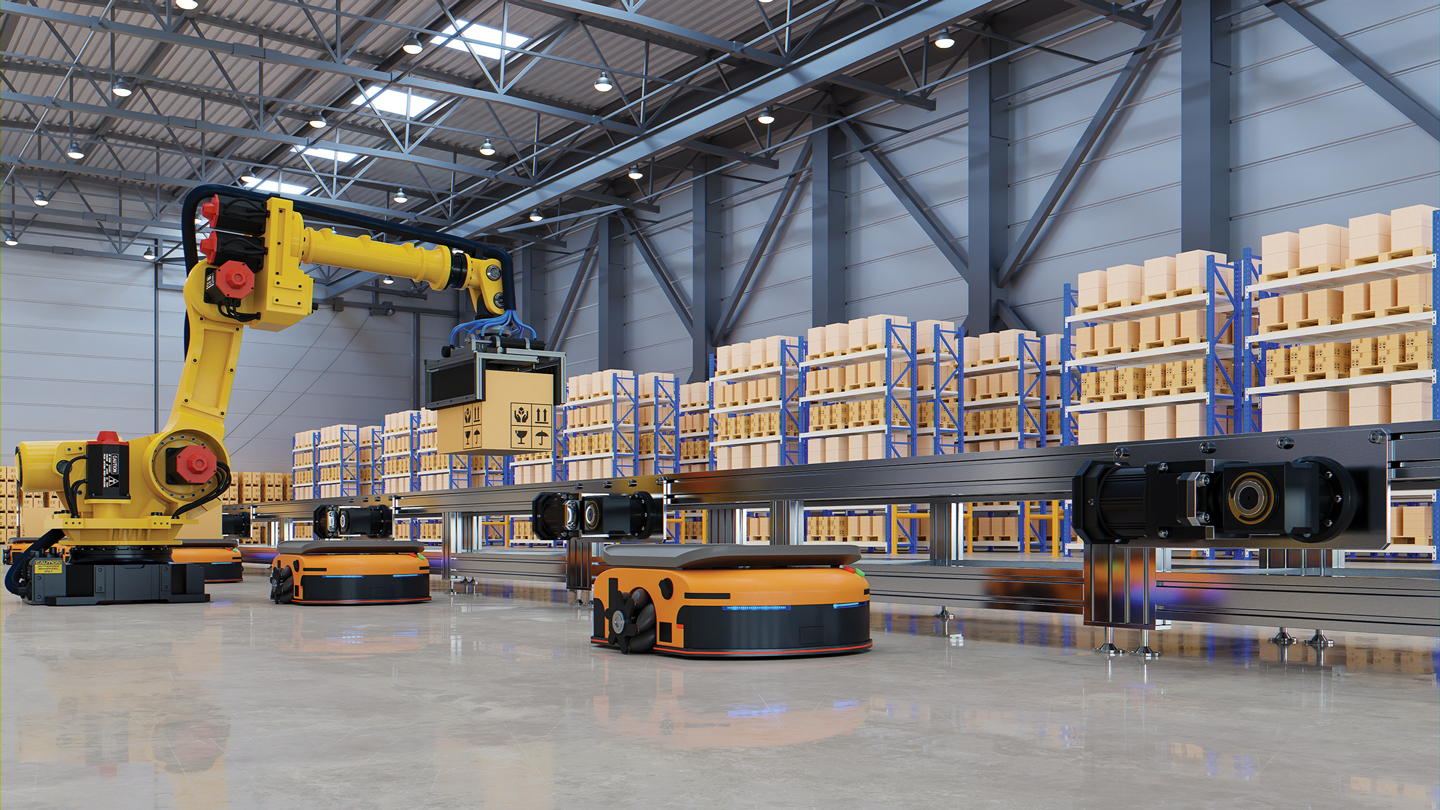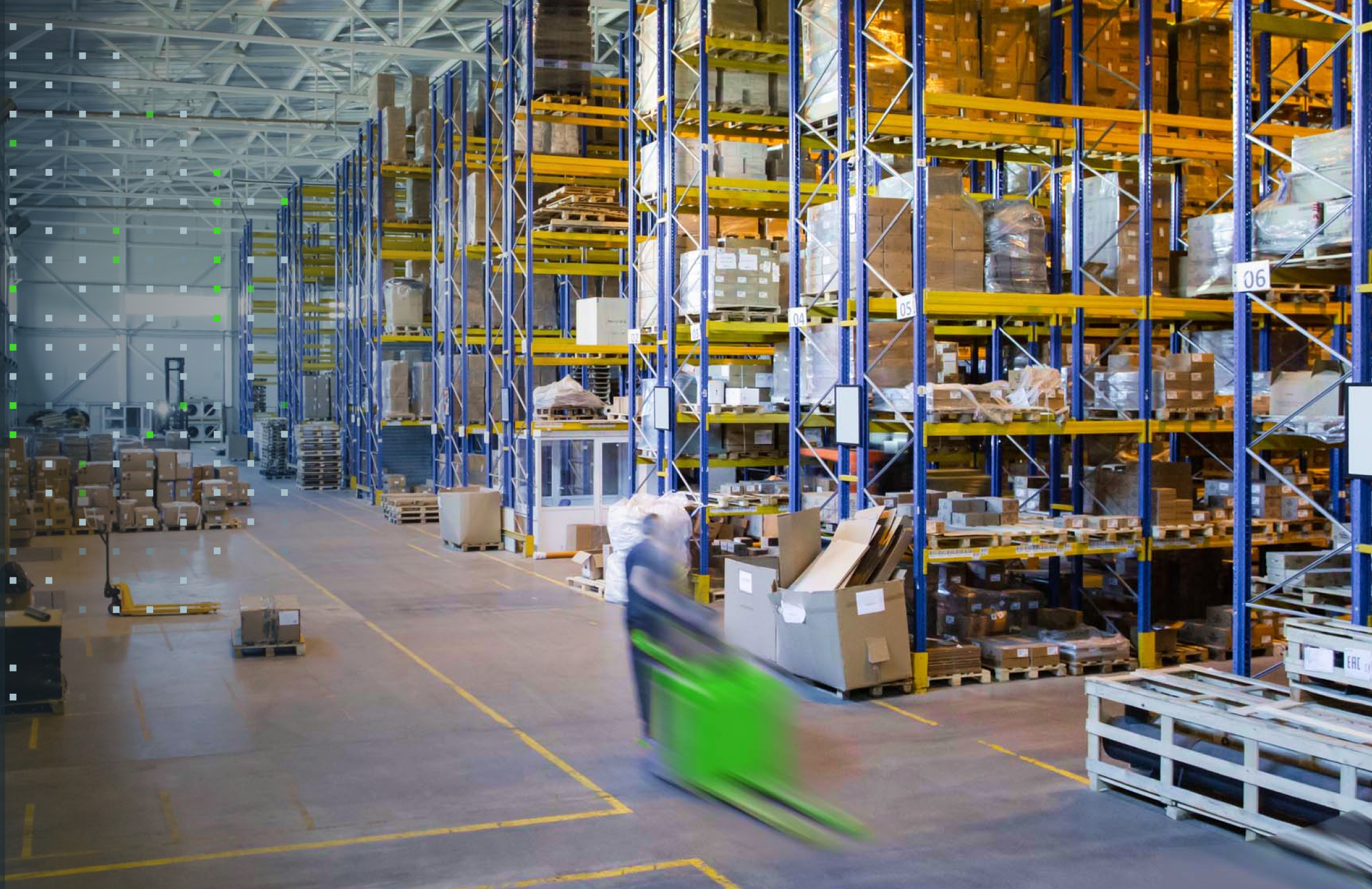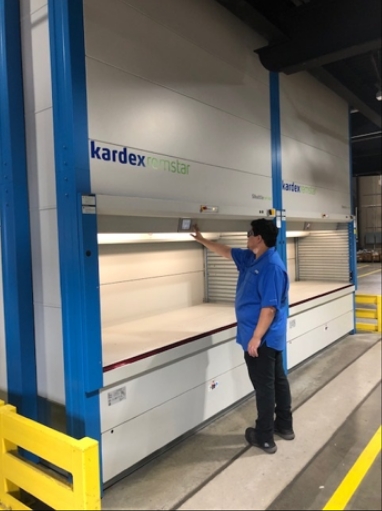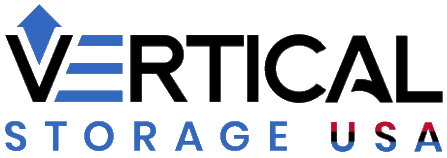In today’s fast-paced, efficiency-driven supply chain, warehouse automation is no longer a luxury, but a necessity. Whether you’re fulfilling thousands of online orders daily or managing complex inventory across multiple SKUs, automation offers a scalable path to reduce costs, improve accuracy, and future-proof operations.
Still, many businesses hesitate to automate. They’re unsure whether their facility is ready, or whether the investment will yield meaningful ROI. The truth is, warehouse automation can solve some of the most common pain points in fulfillment and distribution — from wasted space to picking errors and slow throughput.
In this guide, we’ll explain what warehouse automation is, how to identify if your facility is ready, and which technologies can help you streamline operations — whether you’re focused on automated retrieval systems, goods-to-person solutions, or scalable vertical storage.
What Is Warehouse Automation?

Warehouse automation refers to the use of technology to perform warehousing tasks — such as inventory storage, material handling, and order fulfillment — with minimal human intervention.
Automation doesn’t mean replacing your workforce. Instead, it augments your team’s productivity, reduces manual labor, and enhances accuracy across critical workflows.
Common Types of Warehouse Automation
Here are the most effective and widely adopted warehouse automation technologies in modern distribution:
Automated Storage and Retrieval Systems (ASRS)
ASRS includes solutions like vertical lift modules (VLMs), horizontal carousels, and shuttle-based systems that automatically move inventory in and out of storage locations.
Vertical Carousels and Horizontal Carousels
Ideal for small parts storage and fast picking, carousels use rotational movement to deliver inventory directly to the operator at an ergonomic height.
Goods-to-Person Systems

These systems bring items directly to a static operator instead of requiring the worker to walk through aisles. This significantly reduces fatigue and increases throughput.
Automated Racking
Mechanized pallet racking systems help automate the movement of palletized inventory in high-density storage environments, often integrated with forklifts or cranes.
Conveyor Systems
Used to transport totes, cases, or cartons between workstations, conveyors support continuous flow in large-scale fulfillment centers.
Warehouse Management Systems (WMS)
A WMS is essential for managing real-time inventory data, optimizing storage locations, and directing automated equipment across your facility.
Signs Your Facility Is Ready for Automation

Warehouse automation should solve a real operational need. If you’re seeing any of the signs below, your warehouse is likely ready for automation.
You’re Running Out of Space
If static shelving and pallet racks are consuming valuable floor space, it’s time to consider vertical storage solutions. Automated systems like VLMs and carousels allow you to build upward, not outward, often reclaiming up to 90% of your footprint.
You can also explore mobile aisle storage systems for high-density shelving that moves mechanically to open access only when needed.
Labor Shortages Are Impacting Operations
With labor markets tightening, many warehouses struggle to recruit and retain skilled workers. Automated vertical storage systems reduce the need for walking, searching, and heavy lifting — making work easier for your team while reducing staffing requirements.
Picking Errors Are Rising
Frequent mispicks and returns suggest an opportunity for automation. Pick-to-light systems and goods-to-person solutions can improve accuracy to over 99%, streamlining your order fulfillment process and improving customer satisfaction.
Throughput Is Too Slow
If your warehouse is struggling to meet demand or shipping cutoffs, automation can dramatically boost output. ASRS systems retrieve inventory in seconds, and conveyors or automated storage racks ensure fast transfer between zones.
Inventory Accuracy Is Unreliable
Excessive cycle counting, shrinkage, or stockouts are red flags. With systems like VLMs and carousels, all inventory movements are tracked digitally — improving visibility, accuracy, and replenishment timing.
Your Business Is Growing — But Your Infrastructure Isn’t
Expansion in SKUs, orders, or customer expectations requires a flexible foundation. Used vertical lift modules and modular storage carousels allow you to scale cost-effectively without committing to a full facility overhaul.
How to Prepare for Warehouse Automation
Before implementing any system, it’s important to plan and align technology with your business goals.
1. Conduct a Warehouse Audit
Start by identifying your current pain points. Are you losing time walking to storage areas? Do you waste space on static racking? Are certain SKUs being handled too frequently?
We offer a complimentary space analysis to help you assess inefficiencies and layout opportunities based on your real usage.
2. Define Measurable Goals
Set specific benchmarks that will help justify your investment. Examples include:
Reduce picking time by 40%
Improve accuracy to 99.8%
Increase available floor space by 1,000 square feet
Cut labor hours by 25% per shift
These goals will also guide system selection and design.
3. Understand Your SKU Profile
Different systems serve different inventory types. Use these general guidelines:
Small parts: Vertical carousels or horizontal carousels
Mixed SKUs or bulky items: Vertical lift modules
Totes or bin systems: Add tote dividers or storage accessories for efficient bin-level picking
Knowing your inventory dimensions, weights, and access frequency is key to choosing the right automation.
4. Start Small and Scale
You don’t need a full facility overhaul to benefit from automation. Starting with a pre-owned VLM or carousel lets you test efficiency gains without heavy capital investment. We offer used Kardex and Modula options to help you get started quickly.
5. Choose the Right Partner
Look for an automation partner that:
Specializes in both new and used systems
Offers ROI projections and layout recommendations
Provides integration with your existing WMS or ERP
Supports installation, training, and maintenance
At Vertical Storage USA, our experts help you evaluate options, compare models, and plan phased implementation strategies that reduce risk while maximizing ROI.
Final Thoughts
Warehouse automation is one of the most effective ways to improve efficiency, accuracy, and scalability in today’s logistics environment. Whether you’re trying to reclaim space, streamline picking, reduce costs, or scale operations — the right solution can pay dividends quickly.
From automated vertical storage systems and ASRS to goods-to-person robots and inventory tracking tools, your facility may already be closer to automation than you think.
Ready to Take the Next Step?
At Vertical Storage USA, we provide scalable, space-saving storage automation solutions tailored to your operation. Whether you’re exploring vertical lift modules, carousel systems, or used warehouse equipment, our team can help you find the right fit.
👉 Request a Quote
👉 Schedule Your Free Space Assessment
Let automation work for you — not the other way around.



